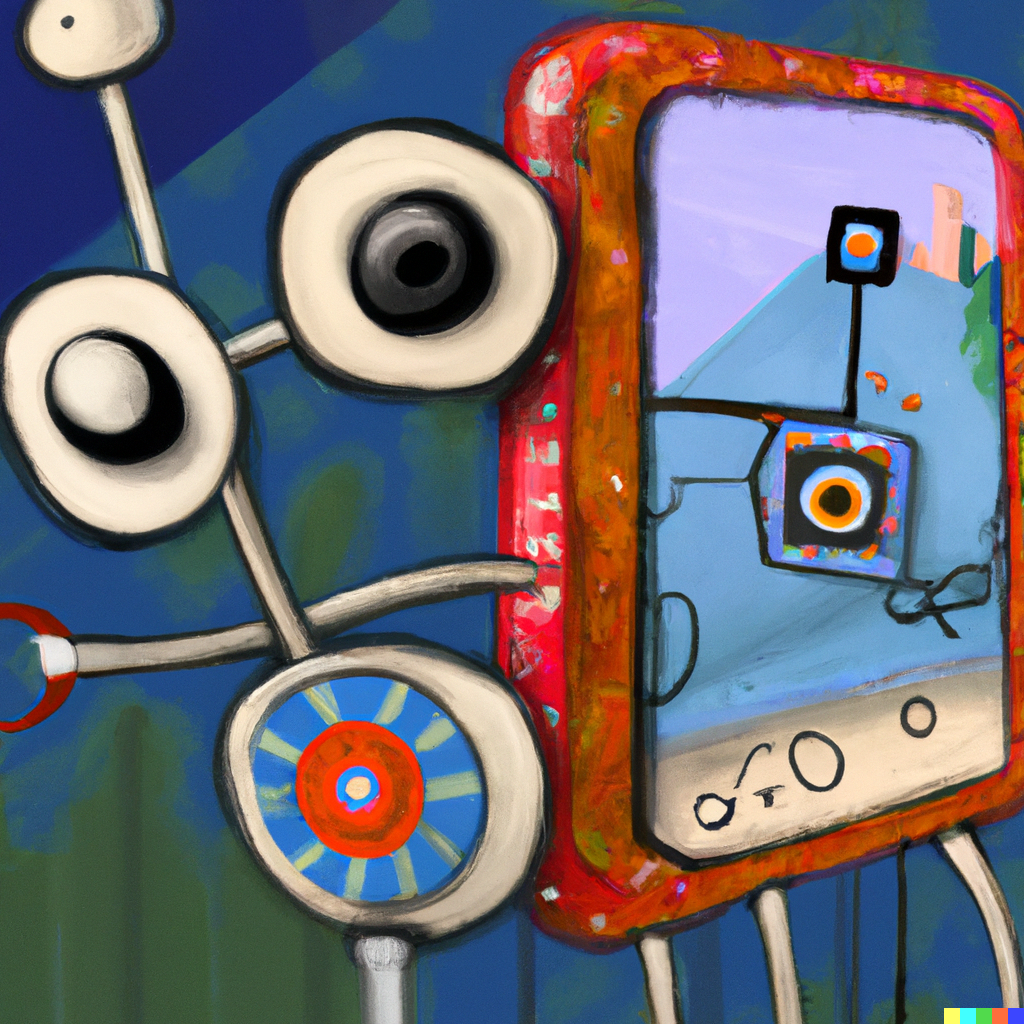
At RobotBesties.com, we know firsthand the thrill of bringing a robotic creation to life! The journey from concept to completion is filled with challenges and learning opportunities, and having the right tech accessories can make all the difference. Whether you’re a beginner or a seasoned maker, here’s a curated list of recommended tech accessories that should be in every DIY robot maker’s toolkit.
1. Microcontroller Boards
At the heart of any DIY robot is a microcontroller board. Platforms like Arduino, Raspberry Pi, and ESP32 are popular choices due to their versatility, affordability, and strong community support. These boards act as the brains of your robot, allowing you to program and control various sensors, motors, and other components.
2. Sensor Kits

These kits are essential for creating robots that can navigate, detect obstacles, and interact with their surroundings.
A good variety of sensors is great to have on hand in general, or if you’re not yet sure what sensors you want your robots to have. Adrienne of RobotBesties has had some great experiences with this particular Elegoo assortment (along with the included beginner programs and activities). There’s many cool kits out there – check them out!
3. Motor Controllers and Servos
To bring movement to your robot, you’ll need motor controllers and servos. Motor controllers allow you to regulate the speed and direction of motors, while servos provide precise control over angular motion. Look for motor driver shields compatible with your microcontroller board to streamline the integration process.
4. Soldering Iron and Accessories
A reliable soldering iron is a must-have for assembling electronic components and ensuring solid connections. Don’t forget to stock up on solder, a soldering stand, and a desoldering pump for any rework. For those intricate soldering jobs, a helping hand with magnifying glass can be a lifesaver. At Robot Besties HQ, we’re a huge fan of Weller, but there are many great soldering irons out there. As with the 3d-printer, we’d encourage you to see if your local area has a makerspace or makerfaire where you can try a soldering class if you’ve
5. Breadboards and Jumper Wires
Breadboards and jumper wires are indispensable for prototyping your robot’s circuitry. They allow you to experiment with different configurations without the need for soldering, making it easy to test ideas and troubleshoot issues.
6. Power Supply Solutions
Adequate power supply solutions are crucial for keeping your robot operational. Depending on your robot’s size and power requirements, you might need a variety of batteries, battery holders, and charging modules. Consider investing in a benchtop power supply for testing and development purposes.
7. Hand Tools and Hardware
A well-equipped toolbox is essential for any DIY robot maker. Include a set of precision screwdrivers, pliers, wire strippers, and cutters. Additionally, a collection of nuts, bolts, standoffs, and other mounting hardware will come in handy for assembling your robot’s structure.

8. 3D Printer (Maybe)
A 3D printer opens up a world of possibilities for customizing parts and enclosures for your robot. With the ability to design and print your components, you can tailor your robot to exact specifications and iterate on designs quickly. Or better yet – if you’re a beginner, look around your community and see if there’s a makerspace, community art center, or local library location with a 3d printer and classes. This way you can learn about 3d printing and see if it’s for you–if so, you’ll soon learn what you want from a 3d-printer. On the flip side, if you don’t end up enjoying 3d printing, you’ll likely make friends with people who are–and you can team up with them to get your robot parts printed. Similarly there are some nice services which can provide 3d printed parts to your specifications.
9. Software and Programming Tools
Equip your computer with the necessary software and programming tools. Integrated development environments (IDEs) like Arduino IDE or Thonny for Python are essential for writing and uploading code. Simulation software can also be beneficial for testing your robot’s behavior before physical assembly.

10. Storage and Organization
Keep your workspace tidy and your components organized with storage solutions. Stackable bins, component organizers, and toolboxes will help you maintain an efficient and productive workspace.
Extra Credit…
Spare or portable monitor, wireless usb keyboard and mouse
What Do You Recommend?
Building a robot from scratch is an immensely rewarding experience that combines creativity, problem-solving, and technical skill. By equipping yourself with these recommended tech accessories, you’ll be well-prepared to tackle any DIY robotics project that comes your way. Remember, the key to successful robot making is patience, persistence, and the right tools for the job. Happy building!


